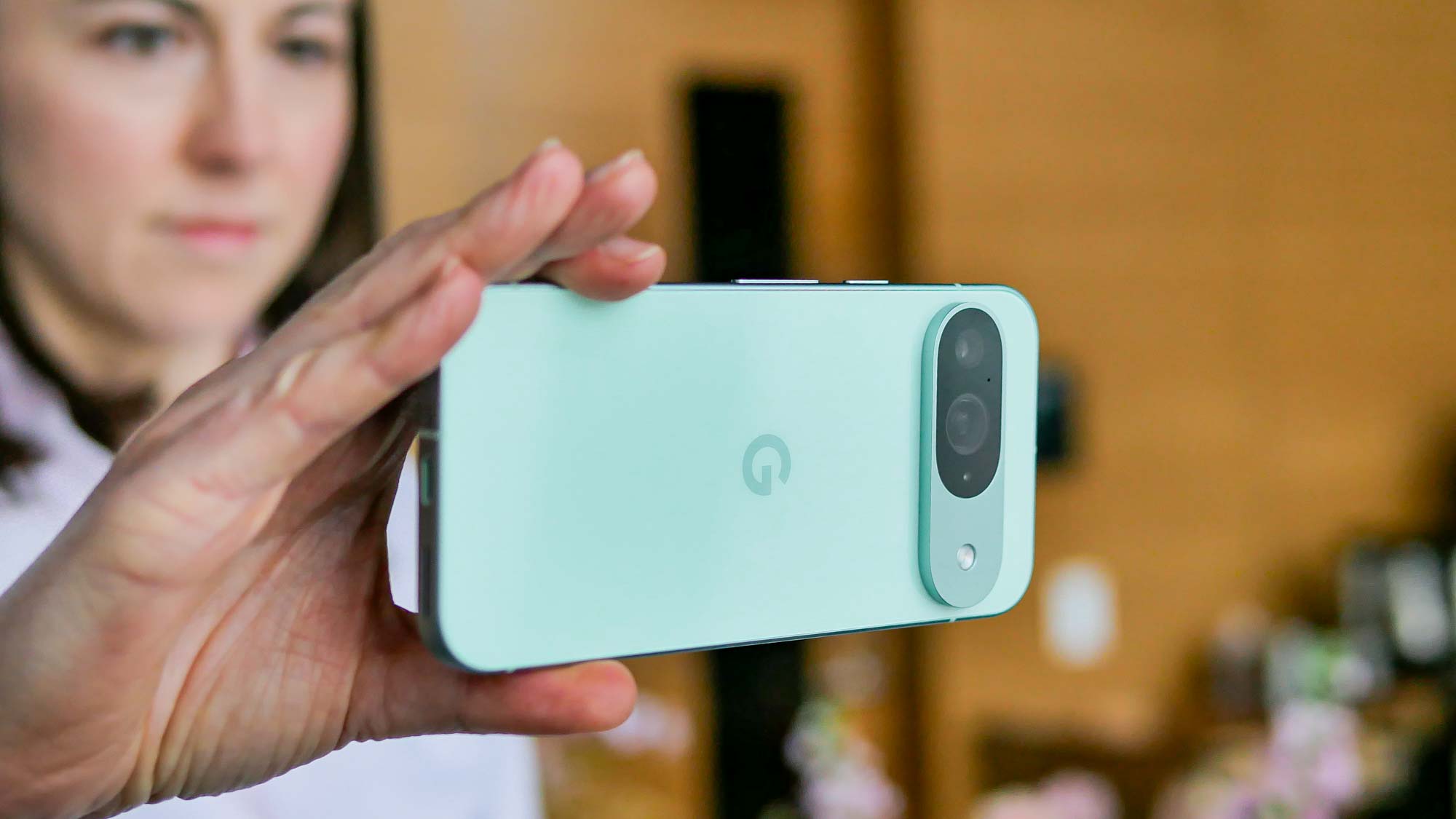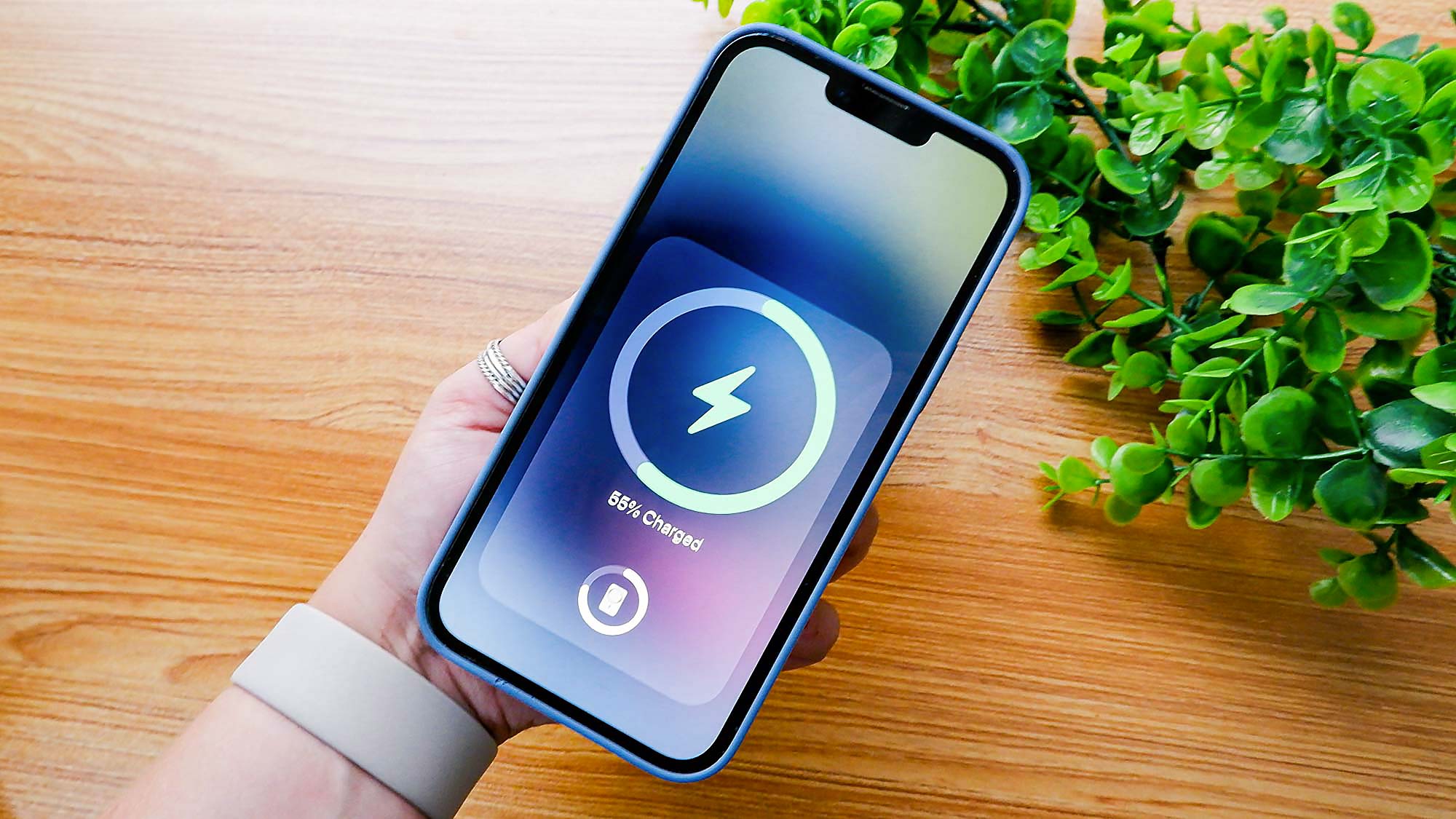
One of the most exciting upgrades for Android phones is the prospect of Qi2 wireless charging — a new magnetic wireless charging standard based on the iPhone-exclusive MagSafe. Unfortunately few phones actually support Qi2 right now, and the majority of those that do are iPhones. Considering Qi2 was finalized at the start of the year, you’d have thought we’d start seeing more high-profile, non-Apple phones supporting the tech.
Some people, myself included, had hoped the Pixel 9 could finally get the Qi2 bandwagon going. It’s been several months since Qi2 was finalized, and you’d think that this would give Google time to incorporate it into its latest smartphones. But apparently not, and Google has explained why this is the case. And I’m not going to lie, its reasoning for ignoring Qi2 is pretty poor.
Android Authority asked what the deal was, only to be told a totally different answer. Google claimed that there are no tangible benefits to adopting Qi2, and that Qi1 devices are more readily available. Which essentially amounts to Google saying “well we don’t really see the point in adding Qi2 right now”.
For those that don’t know, Qi2 is about more than just magnets. The entire standard is actually built to offer faster wireless charging, with maximum rated speeds of 15W on any Qi2 wireless charger. Faster wireless charging speeds do exist, but you’re forced to use a specific kind of proprietary wireless charger. In Google’s case it’s the Pixel Stand 2, which supports up to 23W wireless charging speeds in a variety of Pixel phones.
The other benefit is that the magnetic locking system ensures wireless charging coils in the phone and charger are perfectly positioned every time. You can still recharge when those coils are out of line, up to a certain point, but you will suffer a drop in speed and efficiency. So having those magnets mean you get a better and more consistent wireless charging experience.
On top of that you can do what Apple has been doing with MagSafe, and let people use those magnets to attach accessories to the back of their phone. Tripods, Popsockets and grips, stands, car phone mounts, and even battery packs are all available on the iPhone with support for MagSafe’s magnetic ring — and would be compatible with Qi2.

So we wouldn’t have to wait for Qi2 accessories to be released, we can just use the MagSafe and MagSafe-compatible accessories that have been released over the past four years. But as Qi2 becomes more common, the number of compatible products will only increase. Just like it did for Qi1.
So as far as excuses go, Google’s doesn’t make a whole lot of sense. And considering the first Qi2-compatible Android phone has just been announced by HMD, of all people, it’s not like Google could have possibly fallen back on the old excuse of “well we just didn’t have time”. Because I’m not buying that, either.
Personally, it just sounds like Google just didn't feel like changing things despite the potential benefits of the new tech. Either that or it decided that Qi2 would be too expensive to incorporate, which would make the Pixel 9 series even more expensive. Heck, I’d have been more understanding if it was about cost, considering how much more the Pixel 9 series costs compared to the equivalent Pixel 8.
So now we have to keep waiting for major Android phone makers to figure out that clinging to old technology is not the best way to go — especially when modern phones already suffer from iterative upgrade syndrome. Who knows, maybe Samsung will have the chance to get the Qi2 bandwagon finally moving when it launches the Galaxy S25 next year. I certainly hope so.







